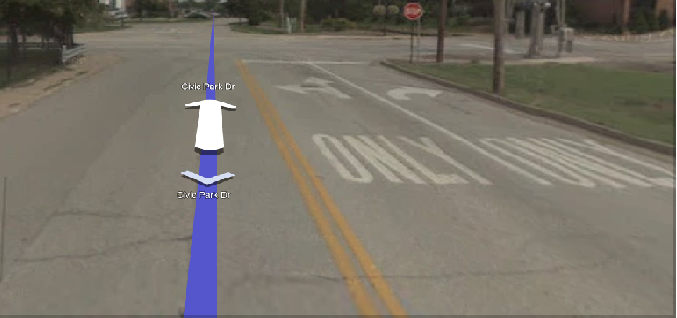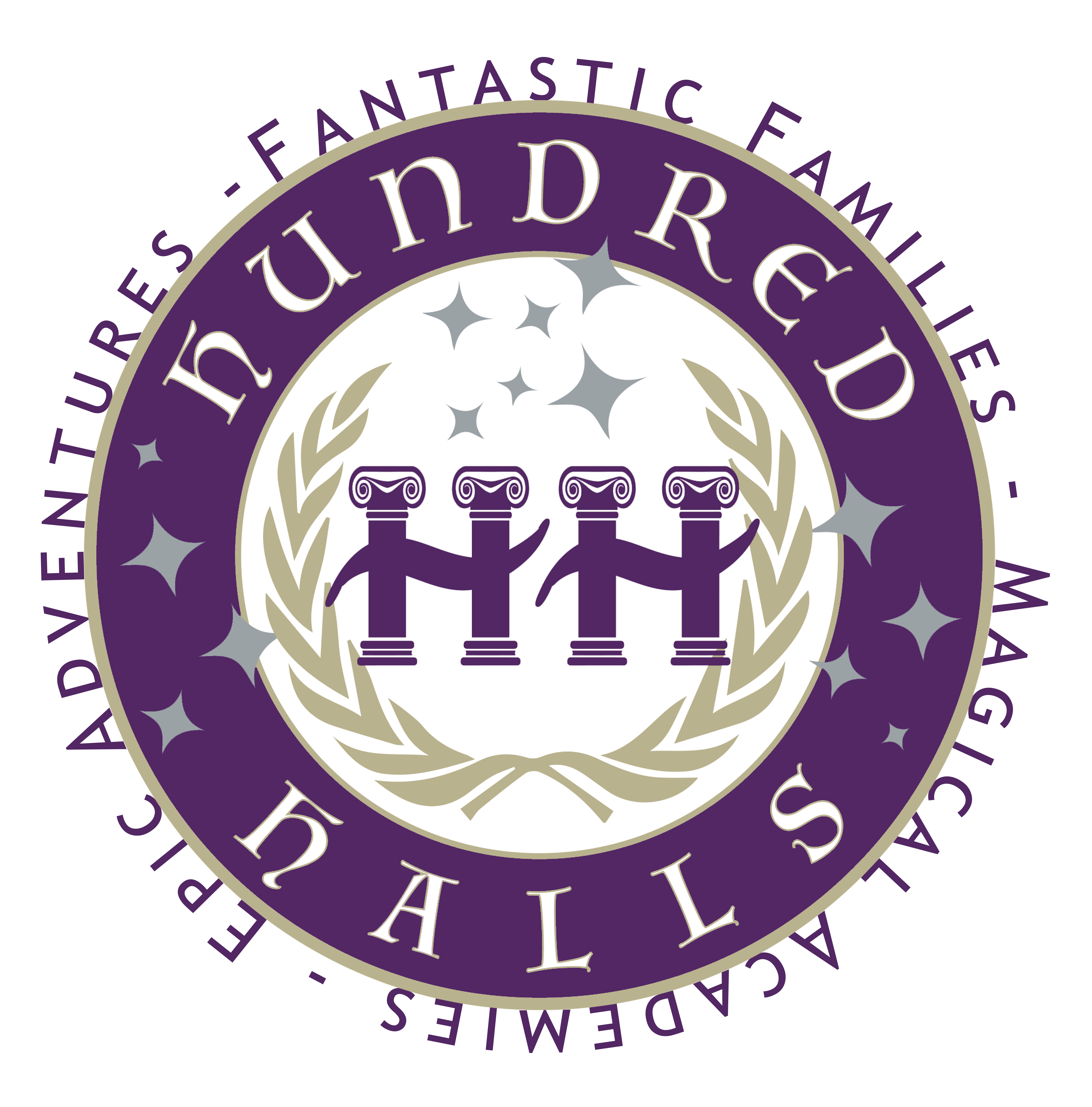Now that the OS 3.1 is upon us we’re seeing a few more augmented reality apps and some of them are in the category of the “Nearest X” variety. I’m not saying these apps are necessarily a bad thing, but my fear is that they’ll crash the market as a gimmick and not try to solve any problems. This will make it more difficult to differentiate the good from the bad. I’m not the only one out there with concerns about slapping AR onto these apps and calling them improved over the previous versions. Read these posts from Rouli and Joe to see I’m not alone.
Also, as we can see using the RIM scale for augmented reality, these apps aren’t stretching the technology much as they fall into the (2,3) location. Meaning they use minimal flat graphics (Perceived Reality) and just GPS/direction (Reality Recognition) for finding their location in the world.
I’ll break them down one-by-one, highlighting the good parts and the unfortunate bad parts and see if we can learn something.
1) Toyko Underground for train stations and restaurants
This iPhone app comes from Ipodtouchlab. It’s a standard “Nearest X” type application with two views: a forward view requiring holding the iPhone up in picture taking mode and a more elbow friendly footpath view with a nice fat arrow and distance to target. Having spent my fair share of time getting lost in the underground malls and train stations in Japan this app seems like a useful endevour. One advantage the AR version of this type of application has is that Japan train stations, especially the ones in Toyko are extremely crowded. So having a see-through screen while you walk can keep you from bumping into anyone. The downside to this app is it only works in the center of Tokyo.
2) Nearest McDonald’s
The Nearest McDonald’s app from IGPSD can find the nearest McDonald’s, Starbucks or Pizza Hut. The video doesn’t give us much to go on but the major problems I see with it are the limited targets, the poor looking interface and no elbow saving view option. I also think using McDonald’s, Starbucks and Pizza Hut as the targets is tacky. I realize the video says demo, but this is our first impression of the product.
As Rouli says,
It’s amazing how a couple of months make all the difference between innovator and late-comer.
3) Cheap Gas!
David J. Hinson brings us his Cheap Gas! AR app demo. My major worry about this app is how it will be used with driving. I guess the viewport helps make the driver safer compared to a regular app? If we could project the iPhone screen onto the windshield I might feel a little better about any of the “Car Apps” out there.
4) Acrossair Nearest Tube App
The Acrossair app was the first one to catch the public’s interest with over 300,000 views on YouTube. I like that this app has both the foot view and the straight ahead view. I think this modality should be the standard. They even stack the far-away tubes in the upper region of the viewscreen giving you a natural way to use the interface and have released tube/subway finders for other major cities.
5) Nearest Satellite Finder
This app from dailymobile is a bit different than the others, but I think its one that really uses the visualization of augmented reality well. When you set up a satellite dish its extremely useful to know where the satellites are and if any trees are in the way. A top down map view doesn’t do anything for finding the right satellite to point the dish at. This app has limited functionality, but for what it does, it does well.
6) WorkSnug – Best Location to Work
I covered this app last week and while I initially couldn’t find much that augmented reality added to the app that a regular 2D version couldn’t do, Richard Leyland from WorkSnug helped me understand why they chose to use AR in their app:
Appreciate your comments. We decided to use Augmented Reality for our app for a couple of reasons. The first is that it presents a nice way to cut through the complexity of the city lay-out (”oh yeah, it’s that way”). So in that sense it does offer more than just a Nearest X type app. The second reason is that it was fun!
I take your point about AR apps though – We shouldn’t get carried away about the delivery method. We hope the value of our app is in the content, which we pounded the streets to capture ourselves.
Good point, Richard. Shiny toys don’t matter much if the content behind them isn’t worth much. A point all the Nearest X apps should pay attention to.
To make a good “Nearest X” app, the important parts are to have good content behind the shiny graphics, give us intuitive interfaces that mimic our normal gestures and don’t cause tendinitis of the elbow. The bad part is that most of these apps aren’t really taking advantage of the possibilities of augmented reality. It is still early, but I think the app designers could stretch their imaginations and programming skills a little more and make some innovative products.
To help, I’m offering some free suggestions on how to improve “Nearest X” apps:
1) Follow the Yellow Brick Arrow
Give us street level markers that show the directions beyond a flat box.

2) Customization
If we’re looking for restaurants or other locations that involve personal tastes, I’d like to have the app notify me of places I’d want to go before I have to scroll through menus. Have it default to what I like best or maybe even suggest something nearby within my taste standards.
3) X-Ray Vision
Sometimes the arrow pointing us in the right direction is blocked by a wall. While full rendering of what’s beyond the wall isn’t possible right now, give us a taste of the path using a 3D mini-map or project the path onto the view screen (similar to #1.)
4) Add a Dash of Mystery
Why do we need to search for something we know we want? Can’t we ask the iPhone to show us nearby landmarks, or to notify us (using voice!) of interesting nearby locations. When we hold up the phone it should tell us about it (including wiki access.)
If I’m walking around New York, I might want to hit my iPhone and have it show me the nearest locations of movies film sets, or locations of famous pictures, or landmarks (beyond the obvious ones.) Give me what I didn’t expect, not what I want. I can get that anyday.
5) Reduce My App Clutter
I know you’re all competing, but I’d like to see a few “Nearest X” app makers get together and make the different apps work together so I don’t need to download a different one to find coffee than for a laundry mat. The hard part is the content, so let’s not have to have fifteen different apps just to find all the places you need to go.
The “Nearest X” app category is probably going to get cluttered soon as its an easy and quick way to incorporate a new technology that’s catching people’s attention. Designers should consider that the only way their going to succeed is to innovate beyond what’s already been done. Otherwise, they’ll just be another “Nearest X” app.

Great post, Tom. Not sure if you have seen Robotvision yet or not. I’d be interested in your take on how well it is adapting AR across multiple content sources.
http://robotvision-ar.com/
I have seen Robotvision and I didn’t include it into the “Nearest X” narrow application, because to me it seemed to be competing with the reality browsers like Layar, Wikitude, Nokia Point and Find, etc. I think some of the lessons from these narrow applications can be applied to the broader ones though. In fact, if the reality browsers do their jobs well, then the “Nearest X” apps will be obsolete.
And from reading the Robotvision list of features, I think you guys have been thinking of these problems and the solutions to them yourselves. Though when you start adding all those features (tweets, flickr, nearest x, etc.) the challenge as a developer becomes keeping the information from becoming overwhelming and to streamline daily activities and not complicate it. I’d be curious to your thinking of the prioritization of information flow to the consumer through the AR app.